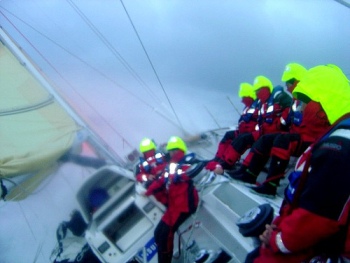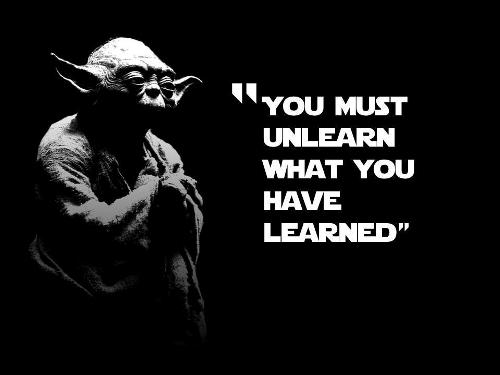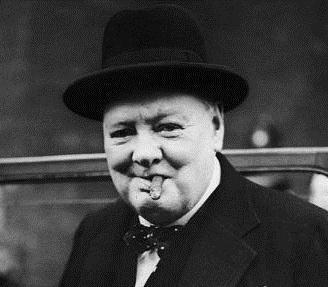It’s now a bit more than one year that I am really on my own as an entrepreneur and it’s time to look back and reflect.

After starting my consulting company Project Value Delivery on my own as the single… everything (employee, director, accountant, webmaster, technical writer etc etc) we are now 3. Are a real Fourth Revolution company, we still have no office as in our consulting work we are mostly in our client’s premises. The market has been tested, and it is clearly there to sustain the company. The business model has been slightly revised but remains grossly what was anticipated at the beginning.
Here are 8 lessons learnt from this first year:
- Entrepreneurship is not risky if you don’t over-develop before checking the market. The key is not to spend too much time developing a great glitzy product to find out nobody wants it. The philosophy is – do some homework to be sure you can do it but get the contract (i.e. a paying client) before you develop it!!
- You need to define a niche where you are the best and only in the world – and have the discipline to stick to it! (say ‘no’ to other opportunities and to your other ideas if they are not aligned. Even if you are hungry, better say no to what is not aligned)
- Don’t over-plan. Forecasts are wrong anyway. I am working with a 6 months plan that’s quite enough.
- Be conservative in your finances. Keep sufficient money in the company. It will give you freedom: freedom to invest, to take time off to create, to say ‘no’ to an annoying client or because you want to stick to your niche.
- Everything is in the relationship with the clients. Integrity and commitment are key to long term relationships
- What prevents you from starting your activity (or asking for a client to pay the right price) is in your head, nothing else. It’s purely psychological. The lizard brain creates that fear of the unknown. Remember, today employment is possibly more risky than being on your own!
- Make sure to have a permanent council of advisors you can rely on (if needed, get them interested in your business)
- Once you have found a great idea that resonates with clients, the harder part is to figure out how to scale your idea (I am not yet there but working on it)
I am now looking forward working as a team with exceptional co-workers that have complementary skills, and not any more individually like we started working. Our biggest challenge for the year to come is to figure out how to scale and expand geographically. Stay tuned!











